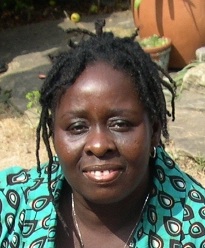 Artist's Statement
Artist's Statement
WEB Du Bois and I share a birthday February 23! I was born in Lagos Nigeria in 1963 just down the coast from where he died in Accra. I first made these realizations when I visited his tomb and museum in Accra in 2005 during a visit to Ghana and ever since have felt a pull towards him and an urge to make these coincidences manifest in some way.
Du Bois migrated to Africa and ended his days in the land of his ancestors during a period when many Africans myself included were migrating to Europe and America. Even though my migration was for family reasons and Du Bois’ migration was for work reasons neither of our personal migrations were untouched by the political, cultural and imperial influences of the time.
An all-encompassing thematic of my practice is the legacy of the African Diaspora whether through force or emigration. Much of my work seeks to engage with the ‘Souls of Black Folk’ either lost in the Atlantic or haunting the old European forts in West Africa.
In this passage from The Souls of Black Folk, Du Bois’ questioning of the value of human life is at once lamentable and hopeful.
My journey was done, and behind me lay hill and dale, and Life and Death. How shall man measure Progress there where the dark-faced Josie lies? How many heartfuls of sorrow shall balance a bushel of wheat? How hard a thing is life to the lowly, and yet how human and real! And all this life and love and strife and failure, - is it the twilight of nightfall or the flush of some faint-dawning day?
-Du Bois, W.E.B, The Souls of Black Folk, "Of the Meaning of Progress" (chp)
|
|

As seen in Evan’s Artist Statement, The Souls of Black Folk played a big role in the conception of Evan’s work, which focuses on the European forts of West Africa and the slave trade.
|

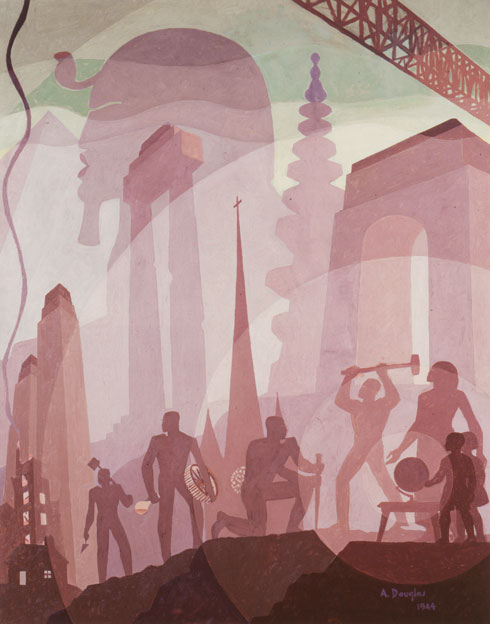
In the Harlem Renaissance, Aaron Douglas was famous for his paintings and murals. Similar to Evans, he used silhouetted figures to depict moments of African American life. His figures, especially in his book covers, are often nondescript but with exaggerated facial features. This was meant, much like in Kara Walker’s work (See below), as a comment on African American stereotypes.

Du Bois wrote his dissertation at Harvard on the Atlantic Slave Trade. It was called The Suppression of the African Slave-Trade to the United States of America 1638-1870. Du Bois wished to study slavery as a sociologist. He included the rise of slavery and different colonial policies.
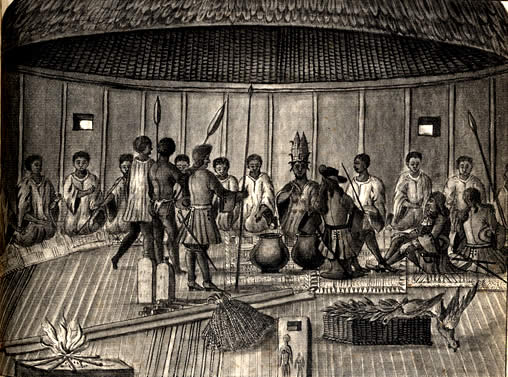
The UK National Archives provide a brief overview of the Atlantic Slave Trade, including lists of persons traded. In these lists, sex, condition, and employment are listed for each person traded.


Kara Walker and Mary Evans use a similar medium in their art. Both use paper to create silhouetted stories. While Walker focuses on early stereotypes of African Americans, Evans, at least in Held, depicts a scene of slaves in a European Fort in Africa. |
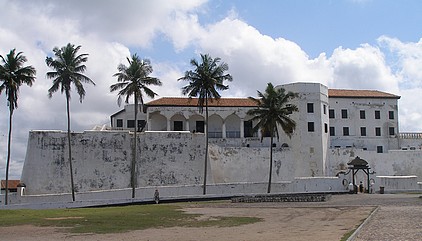
This video explains the role of Elmina Castle, a Portuguese fort, in trans-Atlantic slave trade. Held, Evans' work in the exhibition, is set in a European fort much like this one.

Cape Coast Castle is another fort used by European slave traders in Ghana. President Obama and the First Lady visited the castle in 2009 as part of their inaugural presidential visit to Africa.
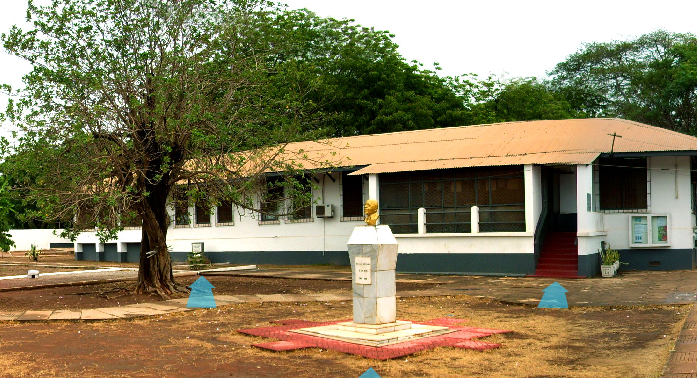
Berkley University has created an online interactive experience of W. E. B. Du Bois Centre in Ghana. One can explore the grounds, the memorial, and the rooms of Du Bios's home all on the web.

This is a brief overview of the W.E.B. Du Bois Centre in Ghana, explaining its location and purpose.
|